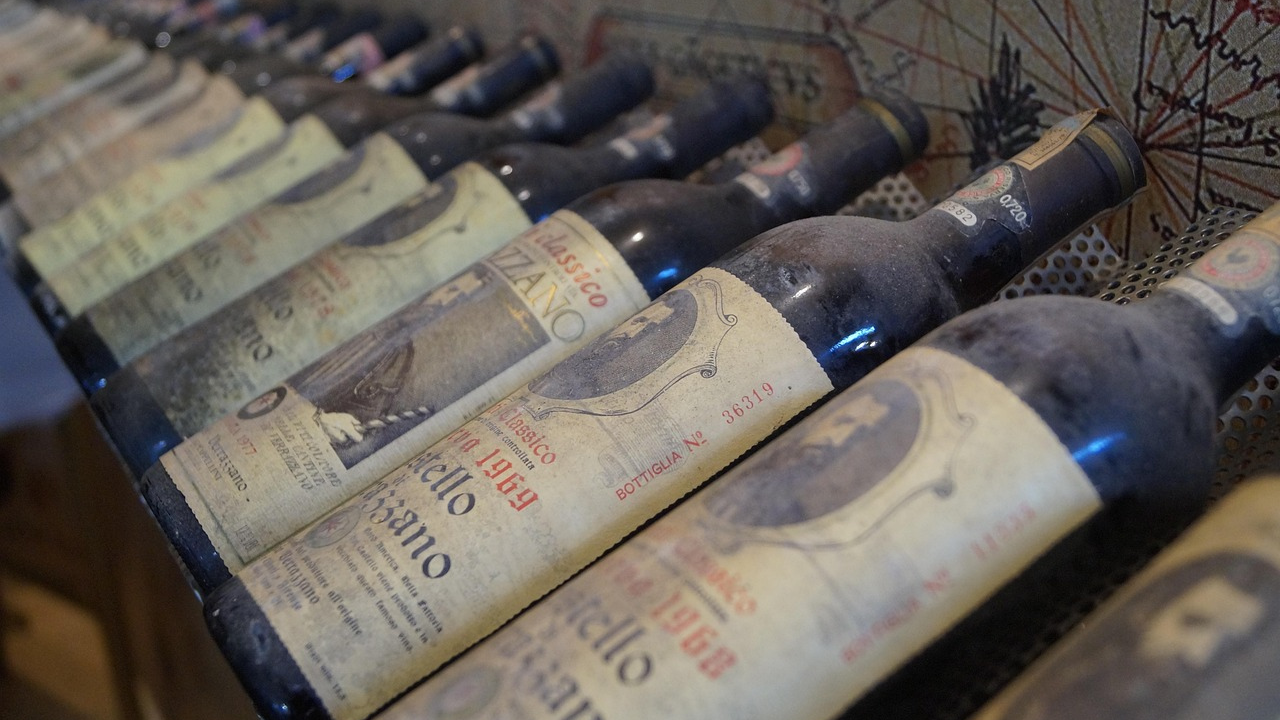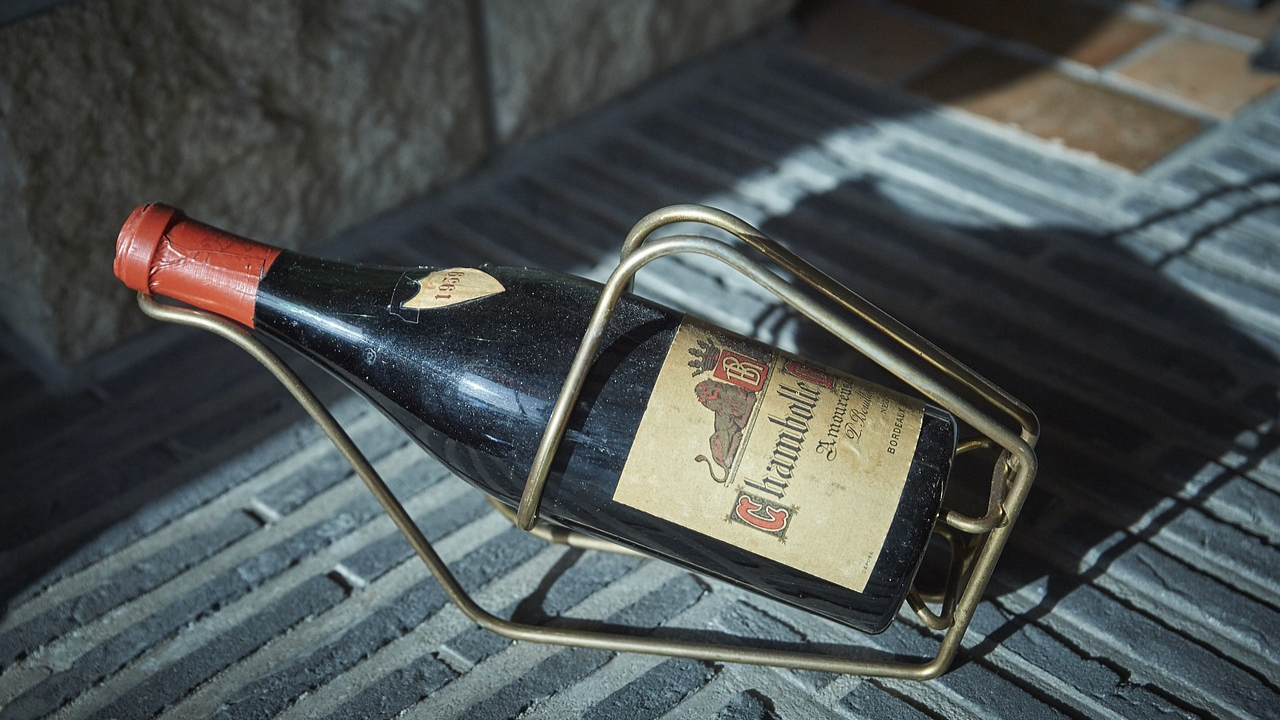Should I dust the wine bottles?
We like to answer all the questions that our customers ask us. We like to be helpful and provide information to those who buy on our wine sales site. And we like to develop some of these questions on our Wine Blog, so as to give advice to all enthusiasts.
This is the case of the question that gives the title to this article: is it true that I shouldn't dust some bottles of wine? Interesting! The images of precious bottles of wine, stored in the cellar, covered in a layer of dust are very common. We have all seen them.
Why should you not dust these bottles? Why are some bottles of wine not dusted? Should I dust wine bottles?
Continue reading the article. We will give you some advice and we will explain our point of view on the matter.
 Photo: Paolo Falcioni - Pixabay
Photo: Paolo Falcioni - Pixabay
Should wine bottles be dusted?
Let's answer right away:
yes, wine bottles should be dusted.
Except in special cases, which we will reveal to you later, you should remove the dust that may form on the wine bottles. You should do this for two reasons:
1. wine bottles should be dusted to preserve the aesthetic appearance of the bottle: a dust-free bottle of wine can be proof of care and attention in its presentation;
2. wine bottles should be dusted to prevent dust from getting into the wine: imagine opening a bottle covered in a layer of dust and serving it to guests. There is a risk that dust could enter the bottle, once the cork is removed, or that it could end up, inadvertently, in the glasses.
We recommend dusting wine bottles before all presentation and opening operations, so as to bring them to the table clean and to avoid contamination during service.
Even during the storage period in the cellar you could dust them, but we do not always consider it necessary. Dust, unlike other external agents such as light or humidity, does NOT have negative effects on the evolution of the wine in the bottle. For this reason, if you notice that a bottle of wine is covered by a thin layer of dust you do not have to worry. If stored in compliance with humidity and temperature standards, that bottle will be in perfect condition.
During the storage, you could dust them if the bottles are in places visible to guests or if the layer of dust becomes too thick and, correctly, you want to keep your cellar clean.
How to remove dust from wine bottles?
Removing dust from wine bottles is a delicate operation. It is essential to avoid damaging the bottle and its label. You should use appropriate tools.
You should remove dust from wine bottles using a soft cloth. The cloth should not be rough to avoid scratching the glass and, above all, the label, which is the most delicate part of the bottle packaging. The surface of the cloth must be perfectly smooth. The cloth must also be dry. If it is wet, the cloth could ruin the label. For the same reason, do not use soaps or surface cleaners.
You can also use soft-bristled dust brushes that are specifically designed to avoid damaging the surface while removing dust.
Why should some bottles of wine not be dusted?
There is an exception to everything we have written. There are some bottles of wine that should not be dusted when they are stored in the cellar: they are those collectible bottles, of particular value or in limited editions, historic labels or memorable vintages, which are stored for a long time and which, precisely over time, can increase their value.
There are two reasons why these bottles are often not dusted:
1. collectible bottles are often not dusted to show that they have not been handled: this is the main reason. Bottles that have been aged for a long time or stored in the cellar for a long time should not be subjected to manipulation and shaking. In these wines, sediments are found at the bottom. Any uncontrolled movements of the bottles would disperse these solid residues in the wine and start chemical reactions that could alter its organoleptic qualities. Not dusting the bottle, therefore not moving it or handling it, can be considered a "proof" of conservation and quality.
2. collectible bottles are often not dusted to preserve the integrity of the label: if dusted inadequately, the bottle label can be ruined. For collectible wines, the aesthetics and, above all, the label take on a notable value, greater than any other bottle. An intact label can ensure that bottle a much higher market value than the same bottle with a damaged label. To avoid risks, it is often decided not to dust them.
We believe that these bottles should be dusted before serving to avoid contamination. There are those who decide to present them with a light layer of dust for the reasons we have just seen and then proceed, with extreme care, to remove it before pouring the contents. But there are also those who use transparent film to cover the label during storage to prevent dust from accumulating on the label itself.
You may find yourself faced with different situations, but now you know why some bottles are intentionally not dusted and you know that, in our opinion, before serving, all bottles should be dusted.
If you liked our article and if you want to continue to receive news, updates and curiosities about the world of wine, subscribe to the Wineshop.it wine newsletter. Lots of content and offers await you!









